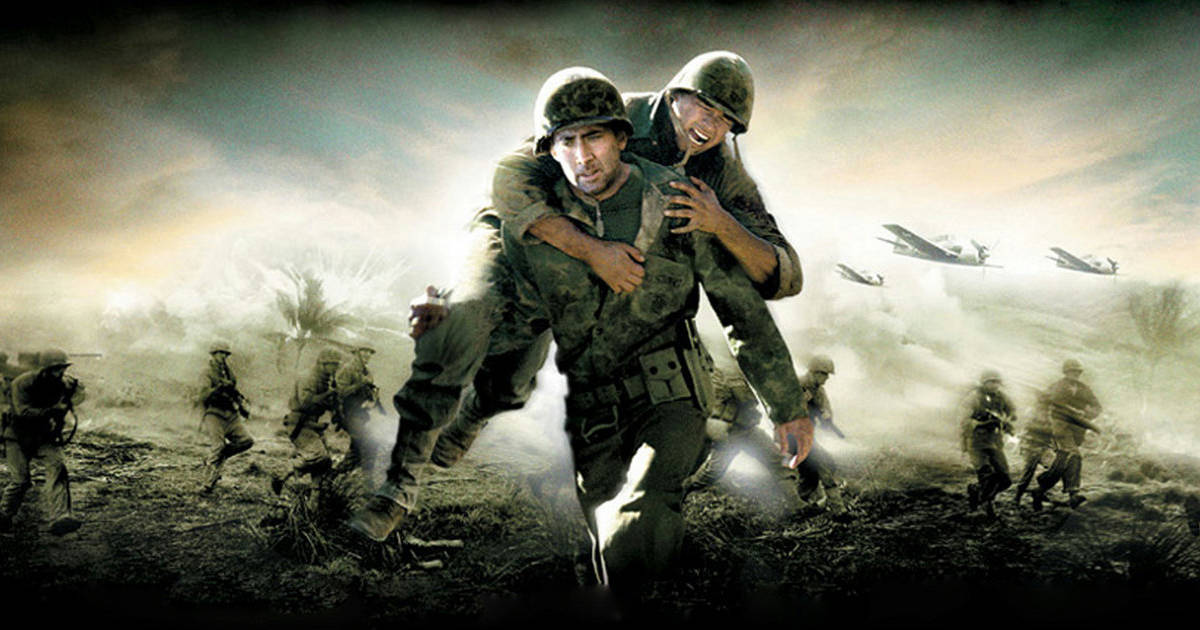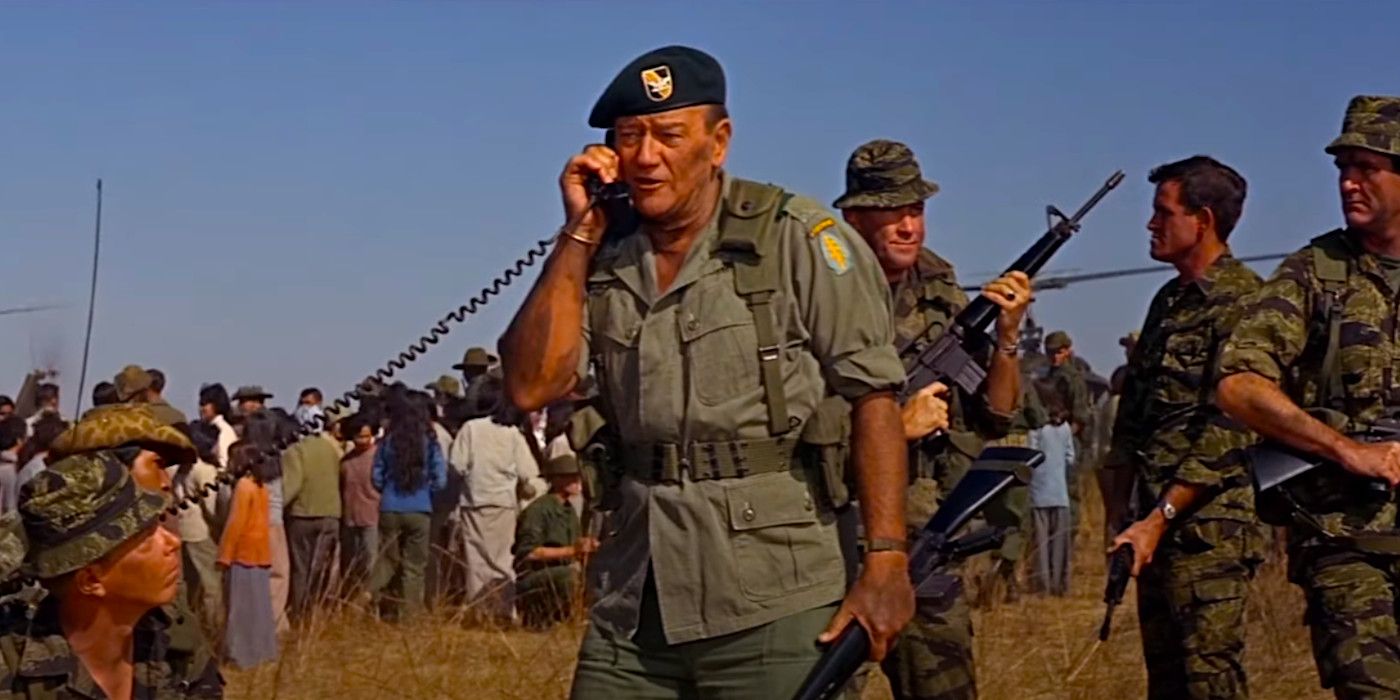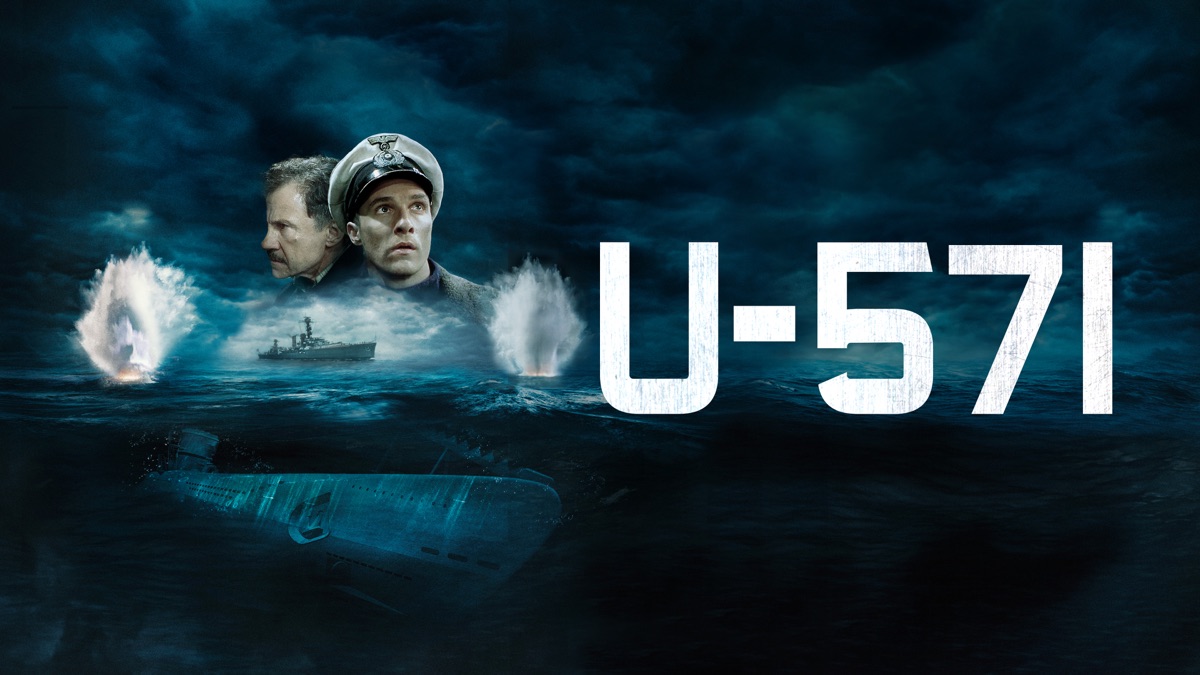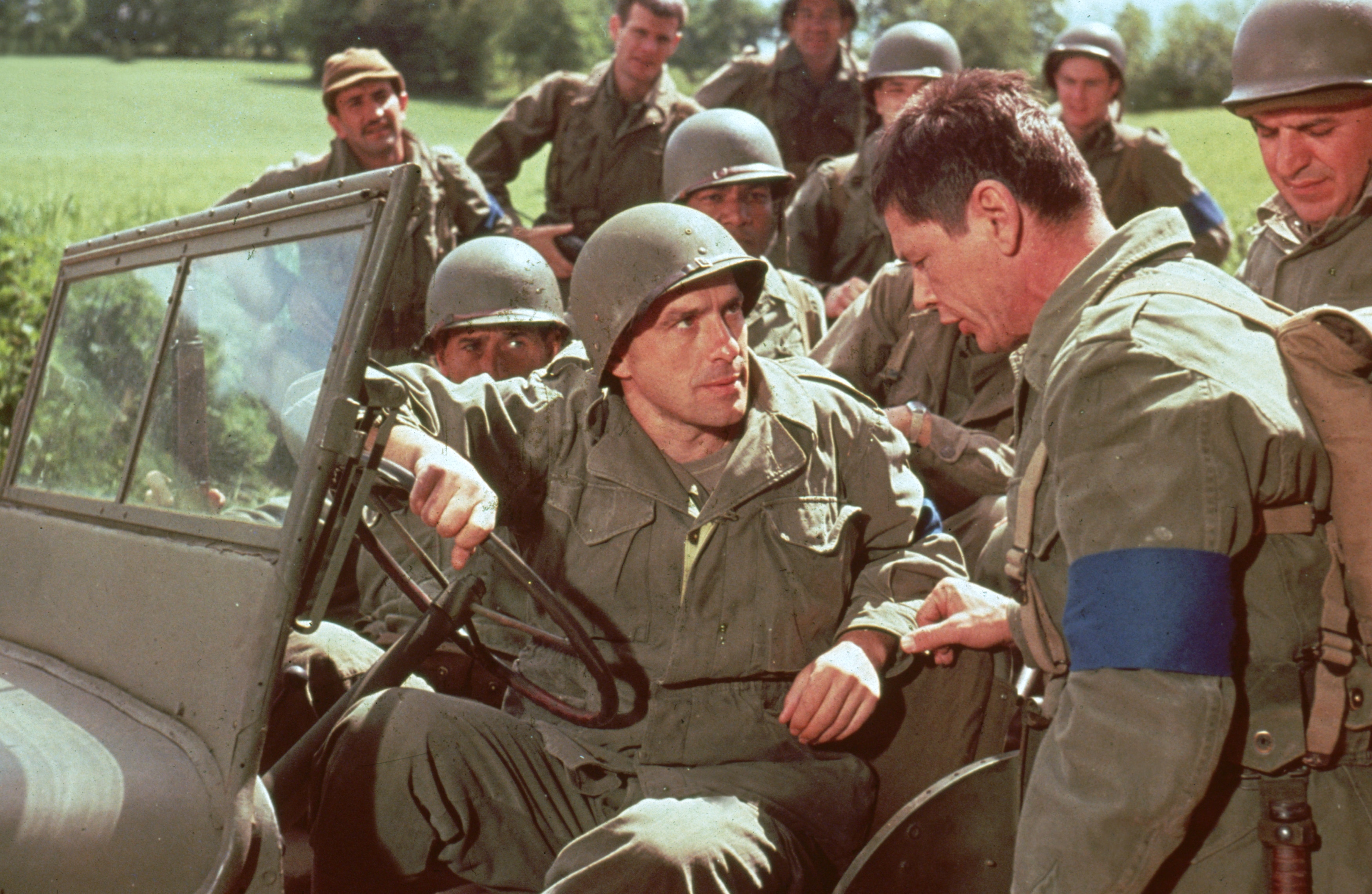
War movies, right? They’re supposed to be epic, gripping, and sometimes even a little bit educational, pulling us into intense historical moments or deeply personal struggles. These films often serve as fascinating time capsules, powerfully reflecting the eras they were made in, giving us a peek into past societal values, political climates, and cultural perspectives. But here’s the unavoidable truth about time: it never stops, and sometimes, those once-celebrated cinematic masterpieces just don’t stand the test of evolving cultural scrutiny.
It’s a bit like pulling out your old favorite band T-shirt from high school; it might have been the height of cool back then, but now it feels… well, a little cringey, maybe even threadbare in places. We’re talking about a fascinating collection of films that, for one reason or another, now make us visibly flinch, roll our eyes, or perhaps even consider throwing a handful of popcorn directly at the screen in pure disbelief. Yep, it’s a surprisingly harsh world out there for films that simply couldn’t keep pace with our ever-changing moral compass and cinematic expectations.
So, buckle up, because we’re about to embark on an entertaining yet critical journey, diving deep into some truly big-name war films that, despite their initial fanfare, commercial success, or undeniable historical significance, have undeniably seen far better days. From overtly jingoistic narratives that feel like historical revisionism to surprisingly awkward romantic subplots and just plain baffling production decisions, these are the movies that definitively prove not every cinematic portrayal of conflict stands the rigorous test of time. Let’s explore exactly why these once-popular war films have ultimately failed to age gracefully and have become, shall we say, a bit of a cinematic liability.

1. **The Green Berets (1968)**You know how some movies don’t just reflect their era, but practically shout “product of its time” from the highest mountain? “The Green Berets” is definitely in that exclusive club, waving its flag proudly, or perhaps, controversially. In the sprawling realm of Vietnam War cinema, this particular film isn’t just a contender for being “jingoistic”; it’s practically the poster child for it. John Wayne, the iconic “Duke,” takes center stage, leading a cinematic charge that feels less like a nuanced exploration of conflict and more like a straightforward, almost cartoonish, declaration of oversimplified politics and heroics that belong in a Saturday morning cartoon.
The film’s portrayal of the Viet Cong is particularly striking, and not in a good way. They aren’t just one-dimensional characters; they’re described as “mere shadows of villainy,” completely devoid of any real depth, human nuance, or even plausible motivation. This glaring lack of complexity turns them into generic antagonists rather than actual people involved in a brutal conflict. It stands as a profound relic of Cold War Hollywood, a period where U.S. involvement in foreign conflicts was frequently glorified and rarely questioned on screen, presenting a narrative that was almost entirely “steeped in propaganda.”
Because of this heavy-handed approach, the film often feels more like a “dream of war rather than a reality,” a carefully constructed fantasy designed to push a specific political agenda rather than depict the actual horrors and complexities of combat. This simplistic portrayal struggles immensely to resonate with today’s complex, globally aware worldview, which demands more honest and multi-faceted storytelling. It’s perhaps no surprise then that many Vietnam veterans felt the film was “phony,” with one candidly recalling, “When we were watching this movie in Vietnam, we were throwing beer cans at the screen.” That’s a pretty scathing review from the audience that matters most!

2. **Pearl Harbor (2001)**Ah, “Pearl Harbor.” Just the name alone brings back memories for many, though perhaps not for the reasons director Michael Bay intended. While it promises to depict one of the most infamous events in United States history, this massive blockbuster is actually remembered “more for its melodrama than its historicity.” The film notoriously shoehorns a convoluted love triangle right into the very heart of the narrative, a distracting subplot that completely overshadows the immense gravity and tragic significance of the infamous attack itself. You’d expect a movie about Pearl Harbor to be about… well, Pearl Harbor, not a cheesy romantic drama.
When it first hit theaters, the film’s visual effects were a huge talking point. Its “CGI-heavy battle scenes were once groundbreaking,” representing the cutting edge of early 2000s cinematic technology. However, as is often the case with rapidly advancing technology, time has proven to be an unkind critic. These once-impressive visuals now appear noticeably dated, lacking the raw authenticity and gritty realism that contemporary audiences crave from their war dramas. It’s a vivid example of how groundbreaking effects can quickly become a film’s Achilles’ heel if not supported by timeless storytelling.
And let’s not even get started on the dialogue. It consistently “leans into clichés and awkward moments,” creating numerous instances that make the film feel overtly contrived and, frankly, quite “cringe-worthy by today’s cinematic standards.” This isn’t just an opinion from armchair critics; Military.com readers, who know a thing or two about the realities of service, were particularly scathing. One commented, “Hard to make that story uninteresting, but Michael Bay succeeded,” while another quipped, “Come for the lack of history, stay for the horrible love story.” When a film gets roasted for its central plot device and historical inaccuracies, you know it hasn’t aged gracefully.

3. **U-571 (2000)**Prepare for a deep dive into cinematic controversy with the 2000 submarine thriller, “U-571.” While the film certainly delivers on suspense and action, it courageously, or perhaps foolishly, decided to take some rather significant “fictional liberties” with crucial World War II history. The most glaring and widely condemned alteration? The movie depicts Americans, rather than the historically accurate British forces, as the heroes who captured the vital Enigma machine from a German U-boat. This bold historical rewrite didn’t just annoy a few history buffs; it sparked widespread “outrage and even parliamentary condemnation” from the British government, highlighting the real-world impact of cinematic inaccuracies.
Despite its thrilling premise and nail-biting sequences that aim to keep you on the edge of your seat, the film’s narrative choices ultimately caused it to “lose credibility due to its fictional liberties.” When a movie presents itself as a historical account, even loosely, but then deliberately changes foundational facts for dramatic effect, it inevitably undermines its own authority and the audience’s trust. It’s a prime example of a film prioritizing entertainment over accuracy, a choice that has significant repercussions for its long-term reputation.
“U-571” serves as a powerful, albeit negative, reminder of the profound “importance of historical accuracy,” especially when filmmakers attempt to depict events of such global significance and human cost. In an age where information is readily available and audiences are more discerning than ever, viewers increasingly “expect more responsibility in storytelling.” When you play fast and loose with established history, particularly a history as impactful as World War II, you risk alienating a significant portion of your audience and diminishing your film’s lasting legacy, turning it into a footnote of factual inaccuracies rather than a celebrated war drama.

4. **The Dirty Dozen (1967)**”The Dirty Dozen” has long held a special place in the pantheon of action classics, celebrated for its rebellious spirit and thrilling premise of a group of convicted military prisoners turned into a commando unit. The film definitely offers a wild ride! However, upon closer inspection through a modern lens, its central conceit—that of glorifying “violent convicts as heroes”—starts to raise more than a few uncomfortable eyebrows. While the action sequences might still be engaging, the film’s embrace of these characters often includes a problematic endorsement of their “misogynistic tendencies,” creating a profound and unsettling “tonal dissonance for modern viewers.”
This becomes particularly apparent in certain scenes that, frankly, have not aged well at all. There’s the infamous and deeply troubling “greased German women” sequence, for example, which now feels “deeply uncomfortable” and undeniably out of sync with contemporary sensitivities regarding gender and violence. It’s a moment that can jar a modern audience right out of the film’s narrative, leaving them wondering about the judgment calls made during its production. What might have been considered edgy or even humorous in 1967 now simply comes across as crude and offensive.
While the film’s legacy as a thrilling, unconventional war caper is certainly undeniable and it continues to be watched, it is nonetheless “complicated by its outdated moral compass.” It’s a classic example of how cultural values shift over time, revealing aspects of older films that were once overlooked or even accepted, but now stand out as significant flaws. “The Dirty Dozen” remains an action-packed spectacle, but it’s one that now comes with a noticeable asterisk, prompting viewers to consider the problematic elements alongside its entertainment value.

5. **Enemy at the Gates (2001)**”Enemy at the Gates,” set against the unbelievably grim and desperate backdrop of the Battle of Stalingrad, undeniably excels at gripping its viewers with its intensely dramatic sniper duels. The cat-and-mouse game between the Soviet sniper Vasily Zaytsev and his German counterpart is portrayed with a palpable tension that keeps audiences riveted, effectively capturing “the essence of human conflict” under unimaginable duress. The raw brutality and desperation of the siege are conveyed with considerable force, making you feel the harshness of the Eastern Front.
However, despite its strengths in creating suspense, the film unfortunately stumbles significantly when it comes to presenting a fully accurate historical narrative. It notably includes “historical inaccuracies such as the myth of Soviet ‘blocking detachments,'” a controversial detail that historians have largely disputed. These kinds of deviations from the established historical record, even if intended to heighten drama, ultimately “detract from its authenticity,” making it a less reliable and trustworthy account of a real-life struggle. For an audience increasingly interested in historical truth, these missteps are hard to overlook.
Compounding these historical issues is the inclusion of a rather prominent “Hollywood-style romance” that feels profoundly “out of place amidst the grim wartime setting.” It’s almost as if the filmmakers felt obligated to insert a conventional love story into a scenario where survival itself was the only focus, creating an unwelcome distraction from the visceral realities of war. While the film manages to deliver compelling action and drama, its factual inaccuracies and the ill-fitting romantic subplot prevent it from achieving the full impact and lasting credibility of a truly great, authentic war epic.

6. **The Longest Day (1962)**”The Longest Day” holds a truly monumental place in cinema history as a landmark war epic, particularly for its time. It was an ambitious undertaking, famously featuring an ensemble cast that was practically unprecedented for a film of its scale in the early 1960s. The movie aimed to depict the sheer logistical and human scope of D-Day, the Allied invasion of Normandy, with an almost documentary-like precision, and it largely succeeded in capturing the attention of audiences and critics upon its release. Its expansive sets and numerous actors certainly left an impression.
However, despite its impressive scale and star power, the film’s perspective is “glaringly one-sided,” presenting the narrative almost exclusively through the lens of the Allied forces. While this might have been an accepted cinematic approach during the Cold War era, it results in a significant lack of balance. Consequently, “German and French narratives are mere stereotypes,” presented without the depth, complexity, or individual human stories that would give them genuine resonance. This simplifies a multi-faceted historical event into a clear-cut good vs. evil dichotomy, which feels overly simplistic to modern viewers.
Adding to this, the acting in the film can often feel quite “old-school and stiff,” a style that further distances it from contemporary audiences who are now accustomed to more naturalistic and emotionally raw performances. Today’s viewers, particularly those seeking a comprehensive understanding of historical events, “crave multifaceted storytelling” that acknowledges the complexities and human experiences from all sides of a conflict. This combination of a narrow perspective and a dated acting style means that while “The Longest Day” remains a significant historical artifact in filmmaking, it struggles to fully engage or deeply inform a modern audience looking for nuanced historical portrayals.




